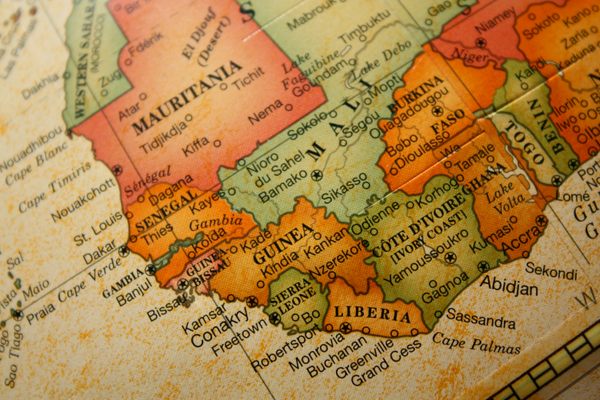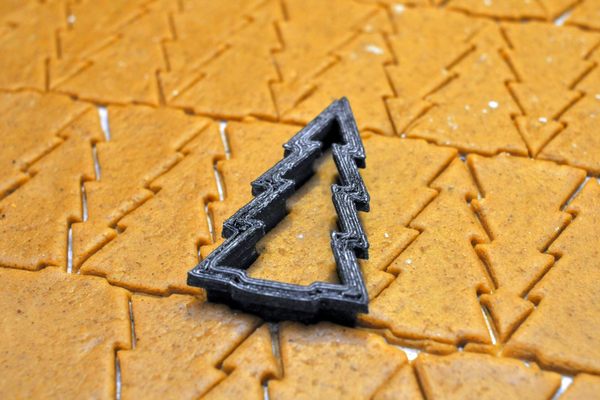Celebrate Pi Day With These Mathematical Tales
Plus pie recipes, of course.
Math is everywhere—in landscapes, in language, in the kitchen, on the calendar. On those calendars, March 14 is the mathiest of dates—Pi Day, in honor of the mathematical constant that begins 3.14. To celebrate this year, we’re bringing you the best of Atlas Obscura’s words about numbers. (And, because, we couldn’t resist, some recipes for our favorite forgotten pies.)
Why Is ‘X’ Such a Big Deal?
by Peter Schumer
Even though X is one of the least-used letters in the English alphabet, it appears throughout American culture—from Marvel’s X-Men superheroes to The X-Files on television to mythical pirate maps. The letter X often symbolizes something unknown; you might be most familiar with this phenomenon from math class, where it’s the first variable we turn to. But why was it chosen for this role? When and where did this convention begin?

Found: The Oldest Example of the Symbol for ‘Zero’
by Sarah Laskow
If you’d never heard of the idea of “zero,” then it would be a little mind-bending to imagine what nothing ought to look like. But it is an endlessly useful concept, so over the centuries, mathematicians around the world have come up with various symbols to denote an absence of value. Sumerians used a double-wedge, the Maya had an eye. In India, it was a dot, and that’s the symbol that eventually became the “0” used today.
How a Mathematician Turned an Obscure Number Into a Scary Story
by Eric Grundhauser
For the most part, digits are simply cold indicators, unable to express something like menace or guile, but then there’s Belphegor’s Prime—1,000,000,000,000,066,600,000,000,000,001—a supposedly sinister palindrome that has a number of odd qualities. Or at least that’s what one mathematic trickster would have you believe
The Strangely Perplexing Problem of Communicating Numbers Out Loud
by Uri Bram
The NATO phonetic alphabet—alfa, bravo, charlie and so on—makes it easier to communicate letters aloud without confusion between speaker and listener. But there is no easily understood equivalent system for numbers. Why not?

Why It’s Impossible to Know a Coastline’s True Length
by Cara Giaimo
People have been confused by coastlines since at least the fifth century B.C., when Athenian sailors were reportedly tasked with measuring the coast of Sardinia and came back baffled. Today the dilemma is known as the “coastline paradox,” a tricky mathematical principle that messes with cartographers, stymies government bureaus, and makes it impossible to know exactly how big our world truly is.
The Satisfaction of Mathematically Efficient Christmas Cookies
by Isaac Schultz
Martin Lersch, a Norwegian chemist and a passionate cook, went on a quest to bake mathematically perfect cookies—with a cutter shape that can be tesselated. Tesselations are geometric shapes that fit together perfectly. Think mosaics, puzzles, or Lersch’s perfectly designed Christmas tree cookie cutter.

5 Forgotten Pies Worth Making for Pi Day
by Sam O’Brien, Senior Editor, Gastro Obscura
Pi Day is the perfect time to try an old-school baked good. You know the ones we’re talking about. From the creamy sweetness of white potato pie to the deceptive deliciousness of an “apple pie” with no apples to New England’s Marlborough pie, here are five forgotten pies and how to make them.











Follow us on Twitter to get the latest on the world's hidden wonders.
Like us on Facebook to get the latest on the world's hidden wonders.
Follow us on Twitter Like us on Facebook